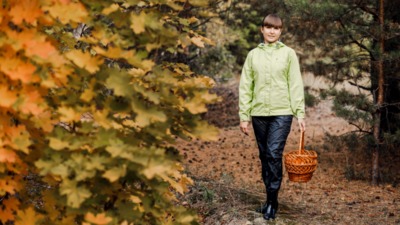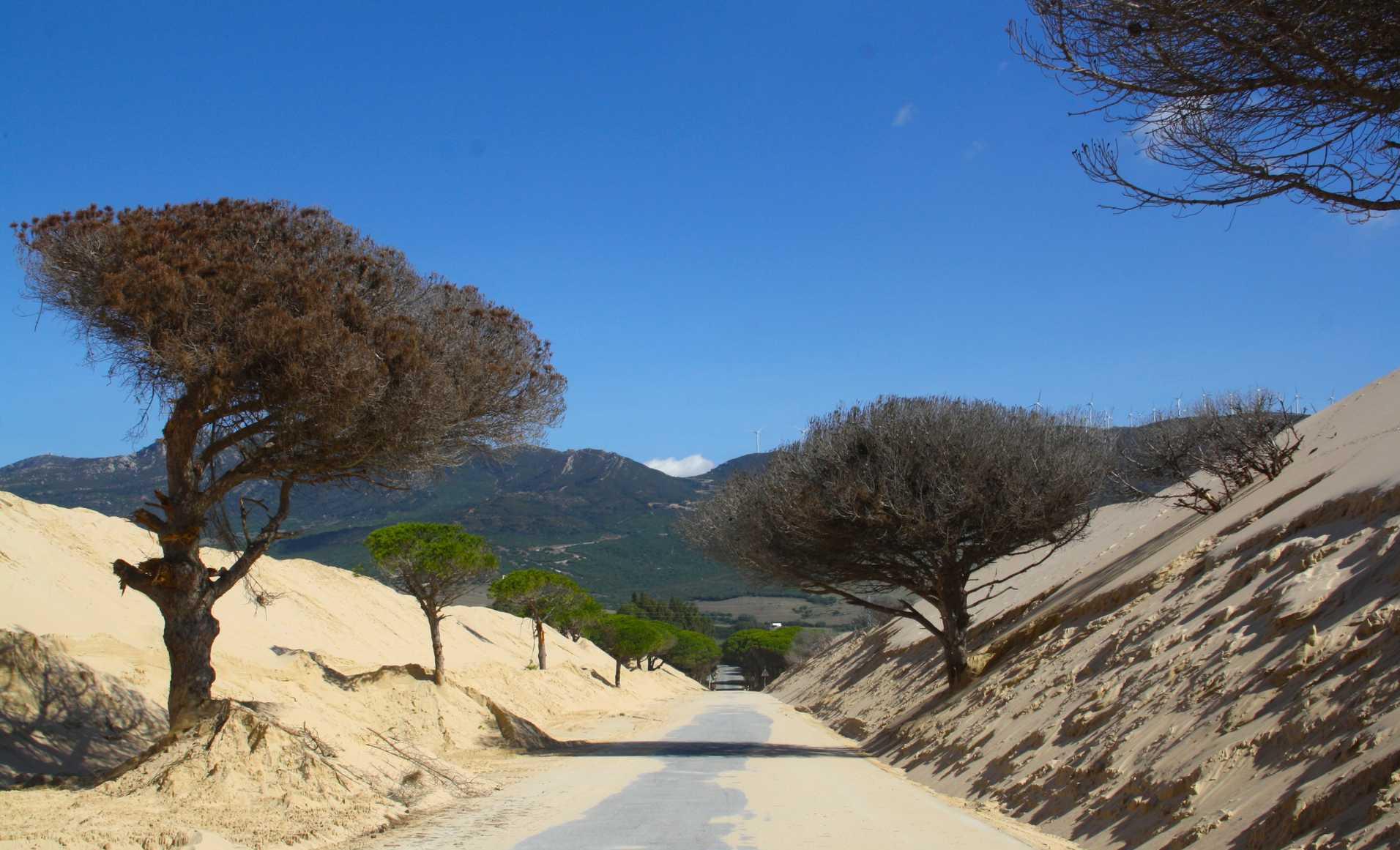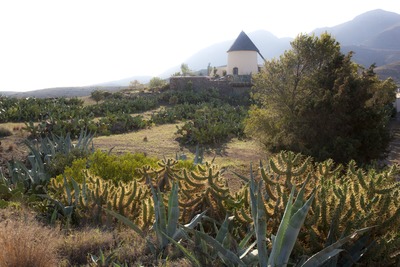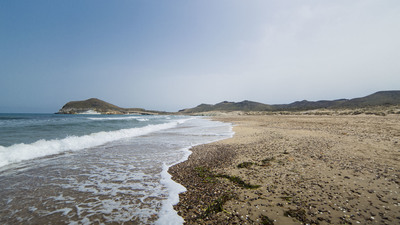Almeria pottery
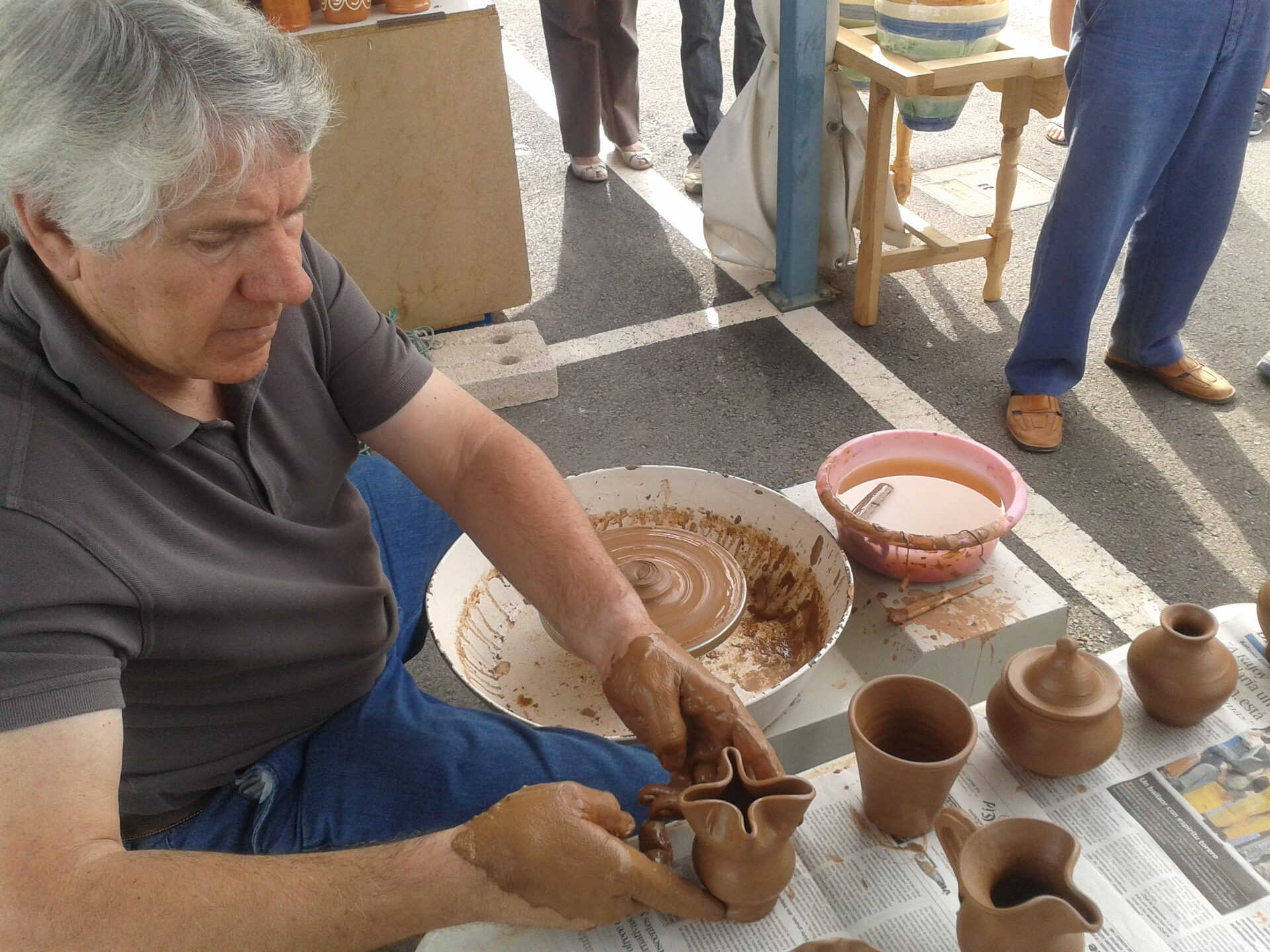
For millennia, the land of Levante in Almeria has produced pottery pieces, and this remarkable craft activity is still carried out today traditionally, especially with a Moorish imprint, and it continues to evolve without forgetting its roots. Every summer, Alfaralmería showcases in the capital city the best artists of one of the oldest human trades.
The province preserves traditional kilns in the Arab or Moorish style, with a boiler, arches, chamber, dome and vents. The clay that the artisans work with is usually extracted from the surrounding area, making each piece have its own special features. White or yellow clay is used for the so-called "water pottery", and then reddish clay, also called bluish, is used for the so-called "fire pottery", which has a glazed finish.
The ferrous clay of Níjar, reddish and brown, is well known. In Albox there used to be around thirty potters who made pitchers, muleteers' "botijo", "cantaricas" for the harvest, and more. These tools only remain in the memory of the locals. But their wheels continue to turn and produce water pottery: jars for milking goats, troughs for making cheese, bowls and jars. These items, with a white glaze and decorated with blue motifs, have different names according to their uses: mantequera, barrilera, cortaéra and orza de tres reales. Families such as Hernández and Puntas are still active. The workshop of the latter is more like a museum than a shop.
Sorbas is considered to be the main pottery hub in the province. In the neighbourhood of Las Alfareras there are basins and two Moorish kilns that are still in use. Juan Simón's workshop make pieces out of red clay, such as kitchen utensils and ornamental objects, like their jugs in the shape of a cockerel.
They are on the Vera Route, which has a pottery workshop-museum, and Mojácar, where the more traditional pottery stands out from the more commercial items. Today there is a place that summarises this beautiful history that has been shaped like clay – the Archaeological Museum of Almeria, which houses a collection of clay toys and instruments.


